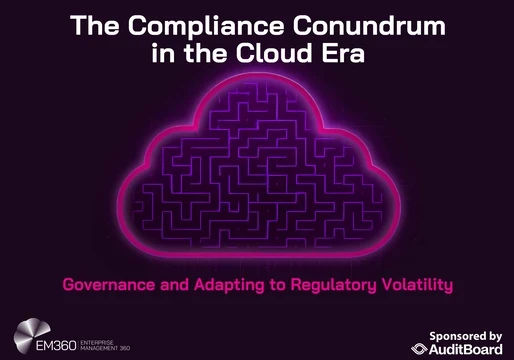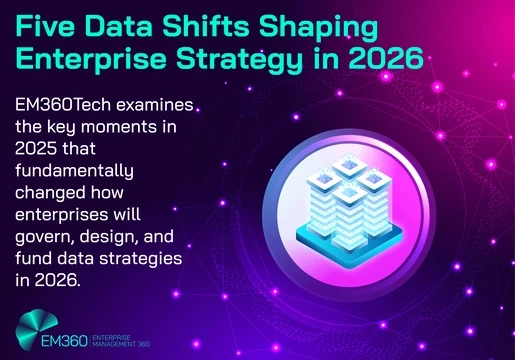You’ve got great tools. An ERP here. A CRM over there. Maybe a finance system that’s been running since the early 2000s. On their own? They work just fine. But put them together—and it’s chaos. Data lives in its own little universe. Finance doesn’t talk to sales. Ops has no idea what HR is doing. And your IT team is stuck playing translator in a language no one asked to learn.
Here’s the truth: if your enterprise is still running on disconnected systems in 2025, you’re not just behind—you’re bleeding efficiency, insight, and control.
Which is exactly where smart integration comes in. Sage integration, for instance, has quickly become a go-to for enterprises looking to connect their financial system to the rest of their tech stack. Tools like Jitterbit’s Sage integration don’t just push data from Point A to B—they turn Sage into a central brain that syncs in real-time with inventory systems, e-commerce platforms, and CRMs. It’s not just cleaner. It’s transformative.

Why Synchronization Isn’t Just a Buzzword
Let’s get one thing clear: synchronized data isn’t some trendy IT initiative—it’s what separates agile businesses from the ones constantly playing catch-up. When data moves in real time across your systems, your teams move faster, too. No more waiting for end-of-day updates. No more reconciling spreadsheets before meetings. No more "let me get back to you on that."
Think about it. A customer places an order. That order hits your sales platform, triggers inventory updates, sends details to finance via Sage, and notifies your logistics team—all in real time. That’s synchronization. That’s what keeps modern enterprises competitive.
And if you’re not doing that? You're stuck in the past.
The API Game Has Changed Everything
This isn’t about stitching together software with duct tape and prayers. Today’s integrations are API-first, fast, and built to handle the pace of real business. The beauty of working with APIs—especially in platforms like Sage—is that they let data move instantly, cleanly, and securely.
When you hook up Sage to your other tools using modern APIs, you’re enabling your systems to speak the same language, instantly. Your purchase orders, invoices, customer records—they all stay aligned without anyone lifting a finger.
That’s how you stop being reactive and start being strategic.
Visibility: The New Enterprise Currency
Here’s a little secret: most companies still make decisions based on incomplete data. That’s why synchronized systems are becoming non-negotiable. Real-time visibility is your edge. When your finance tool is integrated with your sales pipeline and your supply chain metrics, your forecasts stop being guesswork and start being gospel.
Executives no longer have to wait on manual reports or juggle ten platforms just to get a pulse on performance. With real-time Sage integration in place, what you see is what’s actually happening. Right now. Across the board.
Integration Without Security Is a Disaster Waiting to Happen
Of course, the more systems you connect, the more chances there are to mess things up—if you’re not careful. That’s why the best integration platforms don’t just move data; they secure it.
Sage integrations that play in the enterprise space are expected to bring the full package: encrypted data transfers, role-based access, audit trails—the whole nine yards. Because if your financial data is flowing freely between platforms, you need to know exactly who’s touching it, when, and why.
Otherwise, your efficiency upgrade could turn into a compliance nightmare.
Composable Architecture Is the Future—And You’d Better Be Ready
Enterprise software is getting more modular. Nobody wants to be locked into monoliths anymore. The winning move? Building systems that are plug-and-play, not set-in-stone. And integrations are what make that possible.
With the right connections, Sage doesn’t just sit quietly in your finance department—it becomes part of a living, breathing enterprise stack. One that evolves with you. Add a new HR tool? Sync it in. Launch a new sales channel? Hook it up. The integration layer makes it all fluid.
Even better? You can automate the hell out of it. A new transaction hits Sage? Boom—your compliance workflow fires up. Budget thresholds get flagged. Notifications go out. All hands on deck, automatically.
Final Thought: Stop Running a Disconnected Business
Let’s not sugarcoat it—if your enterprise is still running siloed systems, it’s only a matter of time before those cracks turn into craters. The companies that win today? They’re not the ones with the fanciest tech. They’re the ones who figured out how to make their tech work together.
Sage integration is just one piece of the puzzle—but it’s a big one. It’s what turns your financial system from a backend necessity into a forward-facing engine of clarity, control, and growth.
So yes, the new standard in enterprise data management isn’t coming. It’s already here. The only question is whether you’re on board—or getting left behind.







Comments ( 0 )